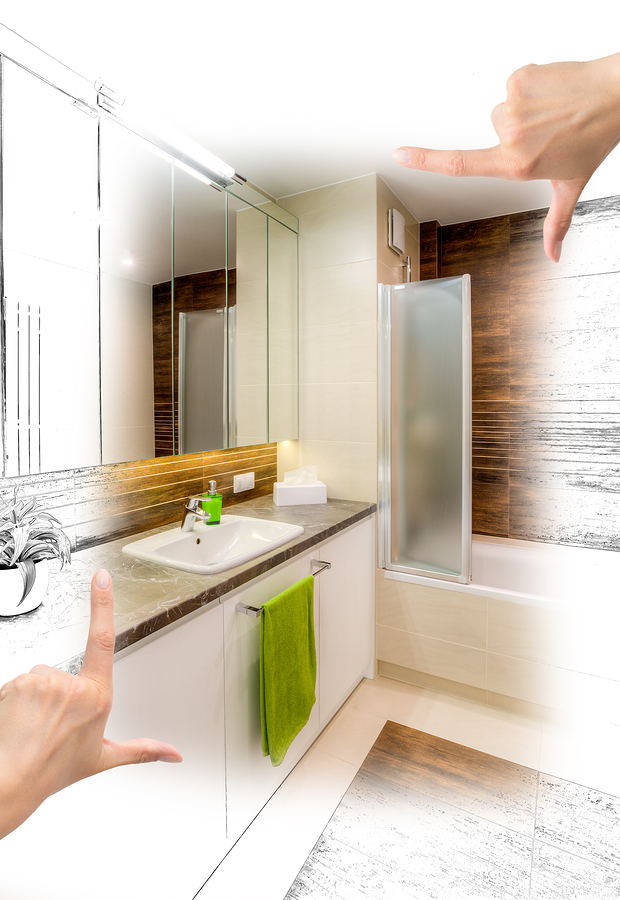Most mistakes happen when people fail to think everything through – or buy the wrong plumbing products for the job. So, before you undertake your next big project, consider the following:
1. The size of your drains
The industry standard is 1.5 inches, and that’s what you see in most new construction. However, remember that’s as big as it’ll ever be – the opening will only narrow as hair and debris collect on the sides. If you upgrade to a 2-inch drain, the cost is not that much – and it can cut way down on future maintenance.
2. The placement of your medicine cabinets
Limited on space? Perhaps you want a more polished look. Either way, recessed medicine cabinets can be just the thing. But consider – if your vanity pipes are installed in the wall behind the vanity, there’ll be no room for a recessed cabinet. If this is something you want, plan ahead to have your pipes routed through a different area.
3. The placement of your toilet tank
Choosing whether to have a traditional toilet placement or a wall mount means you need to think this through in advance. Last minute decisions on this question are not practical. Toilets that are wall mounted toilets have hidden and recessed drain systems – so considering toilet placement should be one of the first decisions you make.
4. Shower floor drain
Tile is become more and more popular, with no end to that trend in sight. However, many actually forget there’s still a need to properly slope the base so water can drain away at the right rate. Plan your draining system well – and be sure to ask the right questions of your tiling installer.
5. Under cabinet storage
Your choice of vanity can be greatly affected by pipes that stick out too far, so it’s important to consider carefully your choice of vanity with this in mind. One solution is to get the most compact pipe assembly available. Another option is to select a vanity with drawers instead of doors, because it’s easier to eliminate drawers around pipes.
6. Extra plumbing for bidets and/ or water softeners
Bidets – these require extra plumbing as some are entirely separate bowls from the toilet, while others have an additional water line that goes into the toilet bowl.
Water softeners – these can also require extra plumbing, so make sure you think through those additions before your bathroom remodel gets too far along.
7. Pipes that run along an exterior wall
It’s not generally recommended to run pipes along an exterior wall because they are more prone to freezing in cold weather. If there’s no option but to do this, make sure your walls are heavily insulated. Also, your pipes should be wrapped to protect them from the weather conditions.
8. Installation in a basement or on a slab
Changes to a plumbing system that runs through a slab or basement floor can be very costly. It usually means jackhammering a concrete floor, then reinstalling an entirely new drainage system. In the process you may discover lines outside the home have collapsed or been invaded by tree roots. If you’re doing this sort of remodeling, you may want to budget extra money to deal with any renovation surprises.

